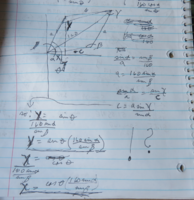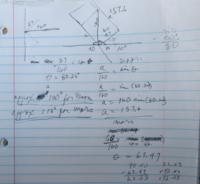allegansveritatem
Full Member
- Joined
- Jan 10, 2018
- Messages
- 962
Here is the problem:
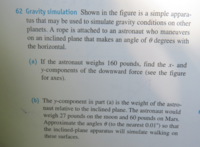
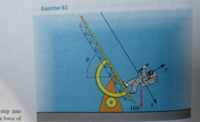
I am interested in part a for now. Here is the best (relative to my other attempts, so you can imagine what they must be like) of a number of attempts I made:
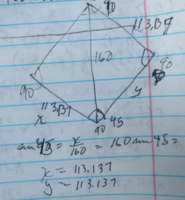
Obviously I am groping in darkness here but...how to think about this problem? I now see this much, that 160 is not what I have here but is one of the components of a set of vectors whose combination will give me my solution. No?


I am interested in part a for now. Here is the best (relative to my other attempts, so you can imagine what they must be like) of a number of attempts I made:

Obviously I am groping in darkness here but...how to think about this problem? I now see this much, that 160 is not what I have here but is one of the components of a set of vectors whose combination will give me my solution. No?


